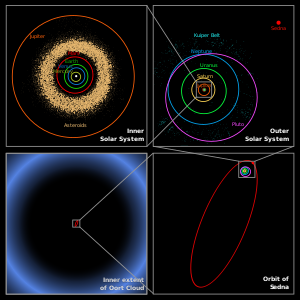Borrowed from wiki:
I guess we'll be ok for the next 21 million years or so...
probably right - probably
but if there is such an object, its periods of activity are unknown(at the moment)
i think the chances of imminent problems are remote - but if it can be identified and position located, it would be a good thing






